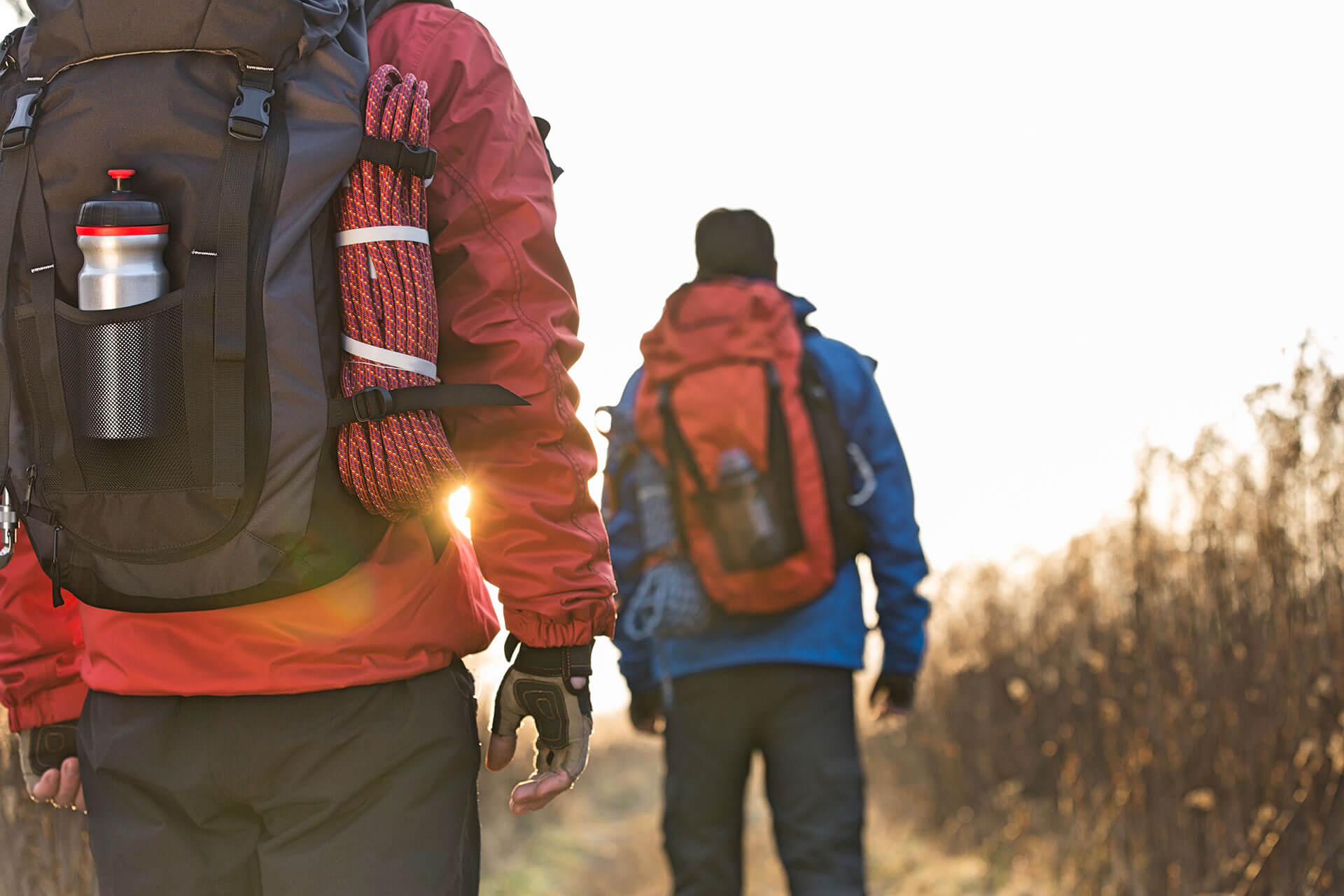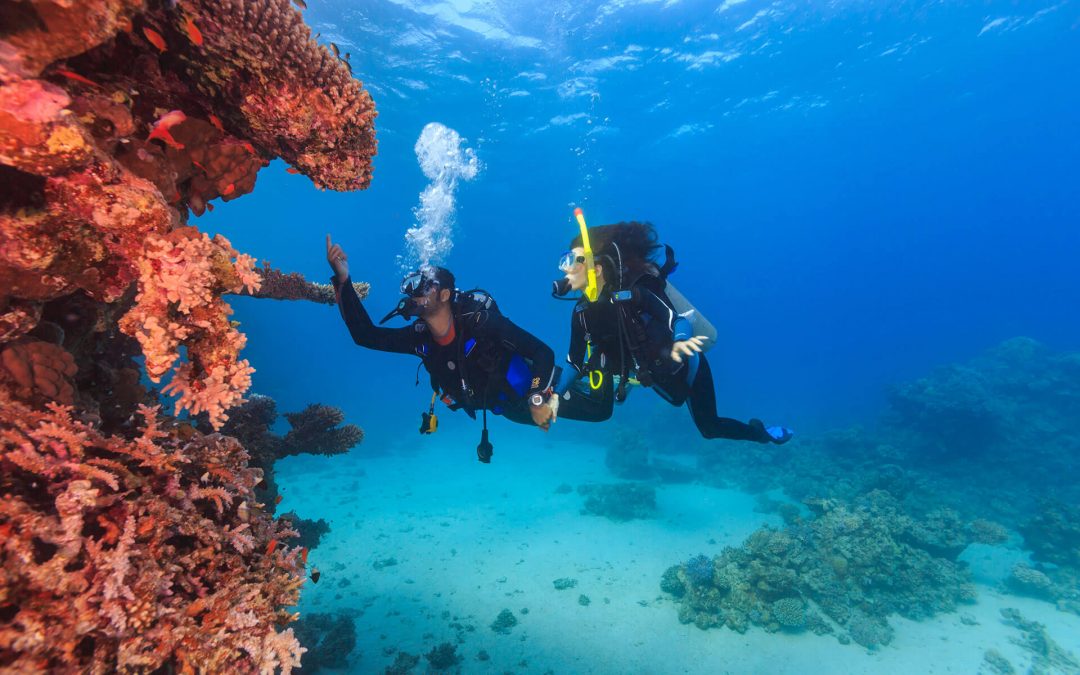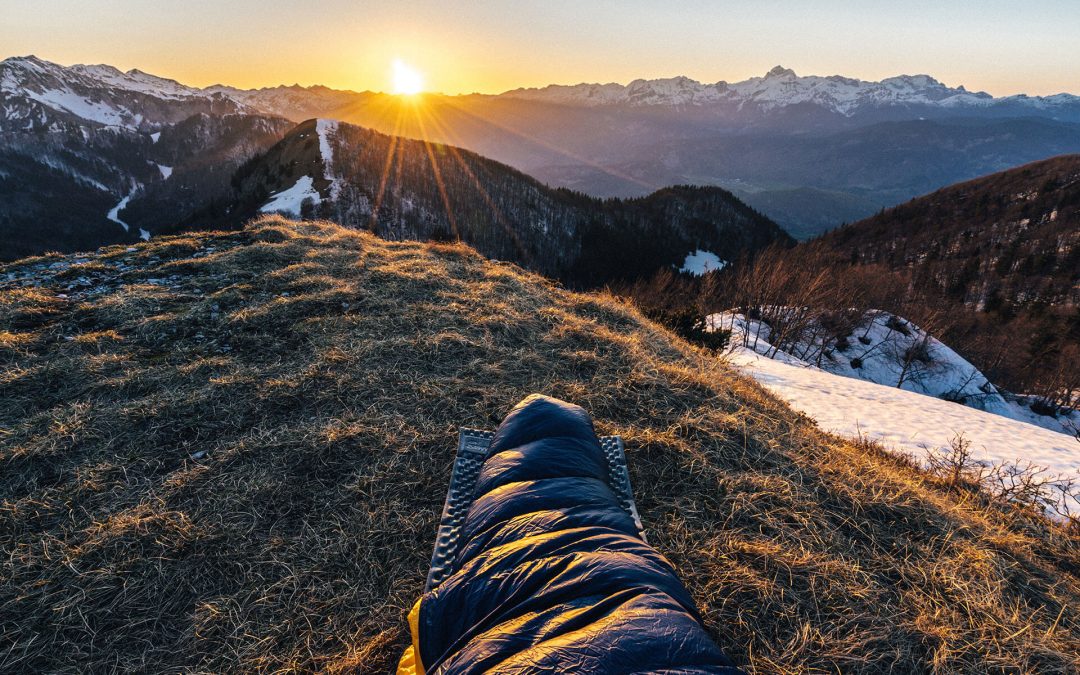Choosing the best multi day hiking pack.
There are as many different hiking packs out there as there are trails to walk and finding the right one can be a bit of a mission. In the paragraphs below, we have broken down the basics of finding the best bag for your next hike!
There are a few key things to consider when shopping for a new pack, the internal volume of the bag, the size of the frame + harness, weight of the pack, construction, weight the pack can carry and most importantly how it fits your body! We are all different! Women will do well to look at brands offering women’s specific fitment options as the shoulder to waist ratios will differ can drastically improve fit.
Some of us will also need to take into account any aches and pains or previous injuries that cause discomfort on the trail and purchase a pack that suits these. For those experiencing neck pains we highly recommend checking out our range of Aarn balance packs!
Starting with the volume of the bag, you will usually see most packs advertised in litres, this is the measurement that the bag would theoretically hold in liquid volume and is a good indicator of how much you will be able to fit on the inside of the bag. Worth noting in many backpacks that have multiple size frames, the frame size may affect the overall volume of the bag. A great example of this is a staff favourite, the Osprey Exos 58, which in a small is actually 55 litres, a medium is the advertised 58 and large comes in with an extra 3 litres at 61!
To choose the right volume pack you will want to have either hiked with a previous bag and from this understand your size requirements or you will want to head in to your nearest specialised hiking store with your full hiking kit and play with the display packs, loading and re packing them until you narrow it down to the size range you’re after.
For most overnight hikes with huts to stay in the popular sized bags will be between 40 to 55 litres. For multi day treks or walks where you will also need to carry a shelter and more emergency supplies its common to carry a 60 to 75 litre pack.
These however are the usual and not the rule! Colder climate walks will need larger volumes to pack more warm gear and some of us like to pack a few extra luxuries and are happy to carry more when others may get their pack to incredibly small and light, happy to ‘rough it’ in the name of a lighter load to carry. Pay attention to how much the bag itself weighs and what kind of use you expect to put it through. Packs with lots of air flow behind the back are beautiful for warmer climates though usually not as suitable to heavy loads, finding the pack with the right balance for your style of walking will make a big difference.
Following on from how much a bag can carry in volume, we need to consider how much the bag can carry in weight. Ultralight hikers may carry frameless packs which rely on super low baseweight’s for comfort as the pack wont transfer as much load as an internally or externally framed bag. Walking into your local hiking store you won’t see too many externally framed packs though they still exist and have some staunch loyalist users. Most trekking packs you see on the shelf will have an internal frame of a stiff material usually made from a lightweight metal or composite. Depending on the material and gauge of the frame as well as where it attaches to various parts of the bag different packs will carry different loads better or worse than some of their rivals. A great example of this is one of our most popular bags the Osprey Atmos 65 AG which in our team’s opinion is ideally suited to carry loads of under 18kg as that is where it is one of the most comfortable traditional styled bags. The Osprey Aether however come’s into it’s own when talking about loads of 18kg plus as the stiffer frame and construction helps to transfer weight down to the hips and results in more comfortable carry. Make sure that whatever bag you choose is capable of carrying the weight you intend to load into it, this will make for a comfortable and problem free tramp around your favourite trails.
Sizing! This is the most important part of your buying process! The bag simply has to be the right size for your torso or you will not have a fun time! Some packs will have multiple size adjustment and others will have smaller ranges within set sizing. The best thing to do is to head into your favourite specialist hike store and get fitted by someone who knows what they’re looking at.
If you don’t have a hike store that you can access or would rather go it alone there are a few things to take note of. Firstly where the hipbelt of a pack sits. We see it all the time when fitting a pack on a keen hiker that they will often clip the hip belt up and wear it way too low. The Iliac crest (the very topmost part of the pelvis) is where we need to be. A packs hip belt should cup the iliac crest with the bottom edge of the belt being around the bone and around half of the belt being properly above the crest around the soft part of the waist. By getting the hip belt in the correct position it will prevent the pack from slipping downwards and transferring load to the top of your shoulders.
Once you have the hip belt in the correct position you will need to then adjust the shoulder straps and sternum strap until they are comfortably firm (not tight) around your torso. Then standing side on to a mirror look at the top ‘load lifter’ straps of the bag and make sure that they come from the shoulder up to their attachment at the top of the frame at an angle of approximately 45 degrees. If this angle is too flat the straps will not be able to suitable pull the pack close to your body and take pressure off the shoulder at the same time. While we want this angle as close to the 45 degree mark as possible a bit steeper is fine but try not to go much less!
Once your have the bag of interest roughly fitted to your body as described above, it’s time to load it! Put your hiking kit in and try it on! (you can read our guide on how to pack your bag HERE) this is now the time to tweak the straps and get it comfortable and then wear it for as long as possible and walk with it too. Any good store should be fine with you spending time walking around the shop with a bag on! (don’t worry we all do it too!) The longer that you wear the bag for the more likely you will be to pick up on any small discomforts and annoyances that could cause you frustration on the trails.
A few more things to consider about your new hiking partner is how its made and how well the manufacturer backs their product. Brands like Wilderness Equipment and Osprey are well known for standing behind their packs, year in and year out they have made sure to keep you on the trails!
Be sure to look closely at how pack opens, whether it supports a hydration bladder or not, where the external pockets or attachment points are located and how easy it is to waterproof.
Look at the quality of the materials, where the packs has been reinforced, the type of stitching on key load points and more. Buying from Quality brands though does of course help with a lot of the guesswork!
Canvas packs such as those by brands like Wilderness Equipment and Mont are ideal for the professional outdoors person who will use the bag day in and day out putting huge demand on robustness but are very heavy when compared to lighter options like Aarn and Osprey which tend to be the pick for those who hike for leisure in their spare time
Going to the trouble of carefully selecting your hiking pack will pay off well and truly on a long hike. If you’re looking for the next multiday or overnight track to tackle, check out our top tracks in Western Australia write up HERE




